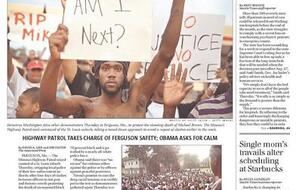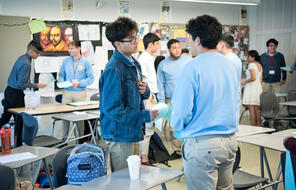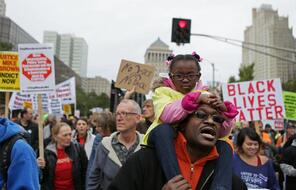The 1963 Chicago Public School Boycott
Subject
- History
- Social Studies
Grade
6–12Language
English — USPublished
Overview
About This Mini-Lesson
The history of racial segregation in western and northern cities is an often overlooked topic in the study of American history. In these cities, many factors—including social custom, federal and local housing policies, and real estate practices such as restrictive covenants, blockbusting, and contract selling—contributed to residential and school segregation. While there are important commonalities between the North and the South, including the presence of racial animus and acts of racial terror, the history of segregation looks different from either side of the Mason Dixon line.
This mini-lesson uses one episode of student activism in Chicago, the 1963 Chicago Public Schools Boycott, as an entry point into this complex history. The history of the boycott, ignited by the segregationist policies of school superintendent Benjamin Willis, offers some insights into the parallels between northern and southern segregation, but it is by no means exhaustive. We advise you to pick and choose from the following activities, and also to encourage your students to conduct more independent research on the boycott and the history of northern segregation.
Activities
Activities
Materials and Downloads
Resources from Other Organizations
Unlimited Access to Learning. More Added Every Month.
Facing History & Ourselves is designed for educators who want to help students explore identity, think critically, grow emotionally, act ethically, and participate in civic life. It’s hard work, so we’ve developed some go-to professional learning opportunities to help you along the way.
Exploring ELA Text Selection with Julia Torres
On-Demand

Working for Justice, Equity and Civic Agency in Our Schools: A Conversation with Clint Smith
On-Demand

Centering Student Voices to Build Community and Agency
On-Demand














